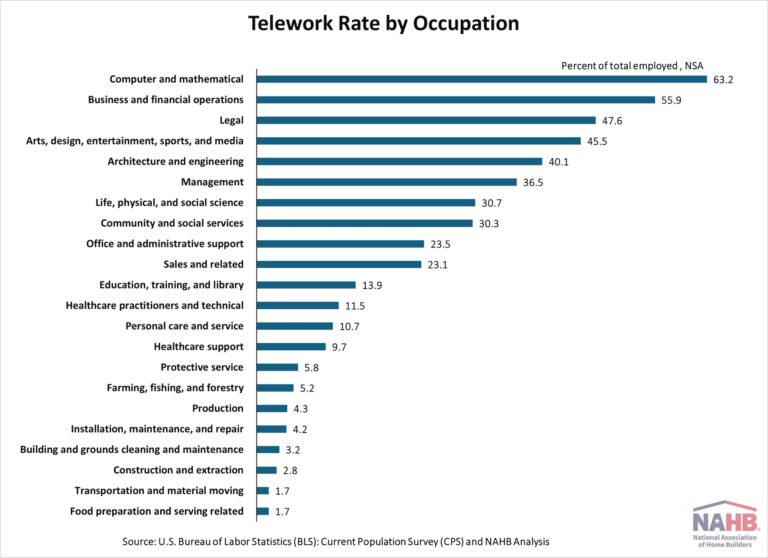American housing market is facing a persistent shortage. Home prices have reached historic highs and affordability has declined. Normally, in response to higher prices, housing supply would increase. However, new home construction has not kept pace with population growth and household formation, especially following the surge of demand in the wake of the pandemic. Recent research has claimed that the relationship between prices and supply has become diluted over time because of regulatory barriers and political dynamics.
A recent working paper “America’s Housing Supply Problem: the Closing of the Suburban Frontier?” by economist Edward Glaser and Joseph Gyourko, took a deep dive into why the supply of new housing has shifted lower, especially in the sunbelt regions like Dallas, Atlanta, and Phoenix. These areas, which once led the nation in new home construction, are now seeing a sharp slowdown.
This research showed that the once-strong link between increasing home prices and new home constructions has weakened or even reversed in many metro areas. The authors analyzed Census tract data from the 1970s to the 2010 to track how construction has responded to price changes over time. Housing markets that used to expand rapidly in response to higher prices are now largely unresponsive. This breakdown in market dynamics reflects the growing influence of regulatory barriers and political constraints.
Land use regulations, zoning restrictions, and permitting processes have become more restrictive since the 2000s. These constraints increase the cost and difficulty of building new homes, even as home prices increase. Therefore, housing supply is less responsive to demand. The latest NAHB study on this topic shows that regulations now account for nearly $94,000 of the average new home price. Furthermore, housing supply is becoming endogenous or determined by local socioeconomic dynamics. As neighborhoods become more affluent, wealthier or in some cases higher educated, residents are more likely to oppose new development through changing the permit environment or increasing zoning restrictions. In effect, demand is no longer driving the supply through NIMBYism.
The authors use prices and density to explore where and why new housing is built. The traditional negative relationship between density and housing construction has weakened, or in some cases, reversed in recent decades. The results show that housing supply growth has slowed significantly in low-density areas, particularly in the areas with higher home prices, where much of the housing expansion would traditionally have been expected. This shift reflects the growing impact of regulatory barriers, as suburban and low-density areas now face stricter zoning, and longer permitting processes. These factors make building more homes more difficult and less responsive to demands or market signals.
The striking finding of this new analysis is that the traditional engine of home building in the South is weakening. The South has had stronger population growth and lower regulatory barriers to land development and home construction than most of the rest of the country. But as incomes have increased, the authors claim that regulatory barriers have increased, slowing this once fast-growing region.
Despite the higher home prices, builders face challenges, including higher interest rates, rising inflations, lot and labor shortages, and regulations, that prevent them from building more new homes. According to NAHB’s estimates, based on 2021 data, the U.S. needs 1.5 million additional units to fill the housing shortage gap. In short, the combination of regulatory barriers and economic headwinds continues to hamper housing production nationwide and these challenges are expanding to regions of the country that were once less affected.
Discover more from Eye On Housing
Subscribe to get the latest posts sent to your email.
This article was originally published by a eyeonhousing.org . Read the Original article here. .


